Dealing with clogged milk ducts is one of the most common challenges breastfeeding mothers face. The discomfort, pain, and potential risk of mastitis can make this a stressful experience. Knowing when to use heat or cold therapy can significantly ease symptoms and promote healing. This guide explores the best practices for managing clogged ducts with temperature therapy, offering practical advice for nursing mothers.
Understanding Clogged Milk Ducts
Clogged milk ducts occur when milk fails to flow freely through the breast, leading to a blockage. This can result from inadequate drainage, pressure on the breast, or skipped feedings. Symptoms often include localized tenderness, a firm lump, and sometimes redness. If left untreated, it can progress to mastitis, a painful inflammation that may require medical intervention. Early management with proper techniques, including temperature therapy, can prevent complications.
The Role of Heat Therapy
Applying heat before nursing or pumping can be highly effective in relieving clogged ducts. Warmth helps dilate the milk ducts, promoting better milk flow. A warm compress, a heating pad set on low, or even a warm shower can provide relief. Many mothers find that gentle massage combined with heat helps dislodge the blockage more effectively. However, excessive heat should be avoided, as it can cause burns or worsen inflammation. The key is to use moderate warmth for short durations.
When Cold Therapy Is More Effective
While heat is beneficial before feeding, cold therapy is often more helpful afterward. Cold packs reduce swelling and numb the area, providing pain relief. Some women prefer chilled cabbage leaves, which conform to the breast shape and offer anti-inflammatory benefits. Cold therapy is particularly useful when the breast is overly engorged or when inflammation is present. Alternating between heat and cold may also be beneficial in some cases, but understanding the timing is crucial.
Common Mistakes to Avoid
One of the biggest mistakes mothers make is using heat at the wrong time. Applying heat after feeding, when the breast is already drained, can increase swelling rather than reduce it. Similarly, using ice before nursing may constrict the milk ducts, making it harder to clear the blockage. Another error is applying too much pressure during massage, which can further irritate the tissue. Gentle, targeted techniques are far more effective than aggressive manipulation.
Additional Supportive Measures
Beyond temperature therapy, other strategies can help manage and prevent clogged ducts. Ensuring proper latch and frequent feeding or pumping sessions keeps milk flowing smoothly. Wearing loose-fitting clothing and avoiding restrictive bras reduces pressure on the ducts. Hydration and rest also play a critical role in maintaining milk supply and preventing blockages. Some mothers find that sunflower lecithin supplements help reduce milk viscosity, decreasing the likelihood of clogs.
When to Seek Medical Help
While most clogged ducts resolve with home care, certain symptoms warrant professional attention. If pain persists beyond a few days, if fever develops, or if the breast becomes increasingly red and swollen, medical evaluation is necessary. These could be signs of infection requiring antibiotics. Lactation consultants can also provide personalized guidance to improve breastfeeding techniques and prevent future issues.
Final Thoughts
Managing clogged milk ducts effectively requires a balanced approach. Knowing when to apply heat or cold can make a significant difference in comfort and recovery. Combining temperature therapy with proper breastfeeding practices ensures smoother nursing experiences. Every mother’s body responds differently, so paying attention to individual needs and adjusting techniques accordingly is essential. With patience and the right strategies, most clogged ducts can be resolved without complications.

By /Jul 28, 2025
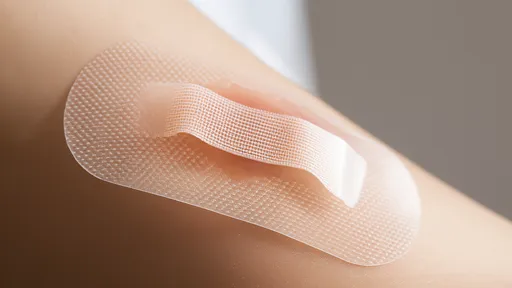
By /Jul 28, 2025

By /Jul 28, 2025

By /Jul 28, 2025
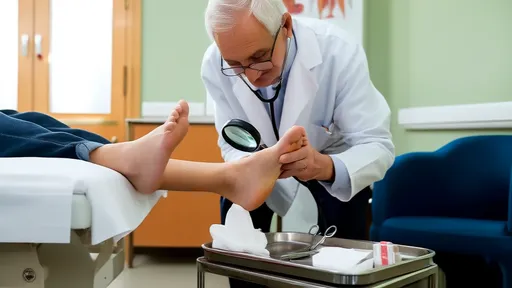
By /Jul 28, 2025
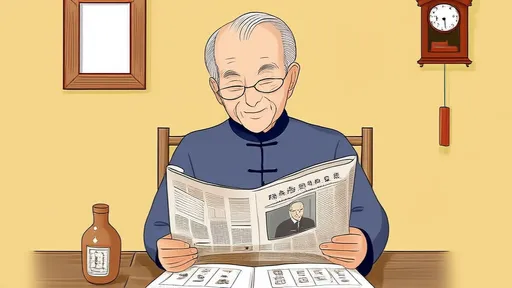
By /Jul 28, 2025

By /Jul 28, 2025

By /Jul 28, 2025

By /Jul 28, 2025
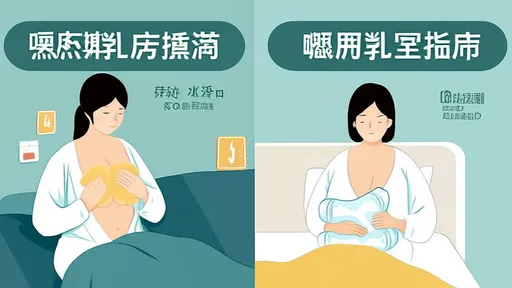
By /Jul 28, 2025

By /Jul 28, 2025
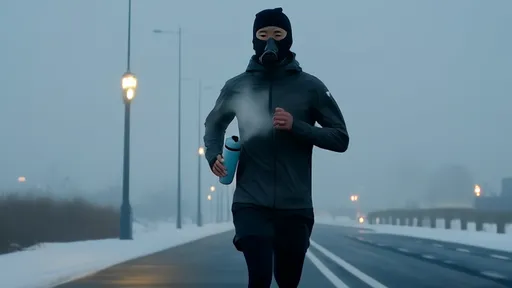
By /Jul 28, 2025

By /Jul 28, 2025

By /Jul 28, 2025

By /Jul 28, 2025

By /Jul 28, 2025
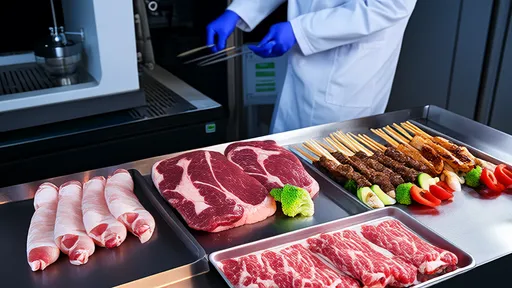
By /Jul 28, 2025

By /Jul 28, 2025